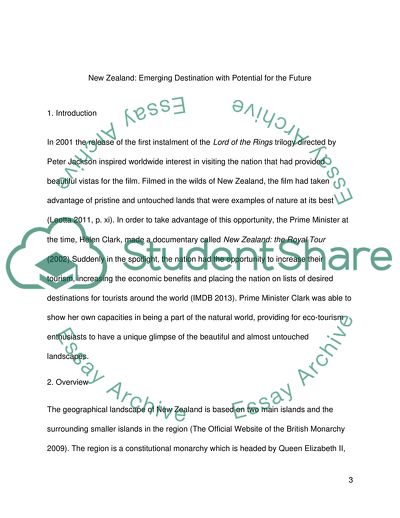Cite this document
(New Zealand: Emerging Destination with Potential for the Future Case Study Example | Topics and Well Written Essays - 2000 words, n.d.)
New Zealand: Emerging Destination with Potential for the Future Case Study Example | Topics and Well Written Essays - 2000 words. https://studentshare.org/tourism/1792334-emerging-tourism-markets-and-destinations-chosen-destination-new-zeeland
New Zealand: Emerging Destination with Potential for the Future Case Study Example | Topics and Well Written Essays - 2000 words. https://studentshare.org/tourism/1792334-emerging-tourism-markets-and-destinations-chosen-destination-new-zeeland
(New Zealand: Emerging Destination With Potential for the Future Case Study Example | Topics and Well Written Essays - 2000 Words)
New Zealand: Emerging Destination With Potential for the Future Case Study Example | Topics and Well Written Essays - 2000 Words. https://studentshare.org/tourism/1792334-emerging-tourism-markets-and-destinations-chosen-destination-new-zeeland.
New Zealand: Emerging Destination With Potential for the Future Case Study Example | Topics and Well Written Essays - 2000 Words. https://studentshare.org/tourism/1792334-emerging-tourism-markets-and-destinations-chosen-destination-new-zeeland.
“New Zealand: Emerging Destination With Potential for the Future Case Study Example | Topics and Well Written Essays - 2000 Words”. https://studentshare.org/tourism/1792334-emerging-tourism-markets-and-destinations-chosen-destination-new-zeeland.


